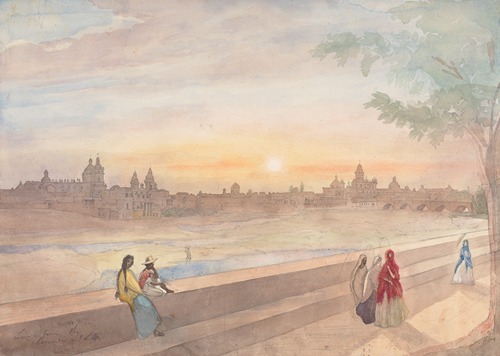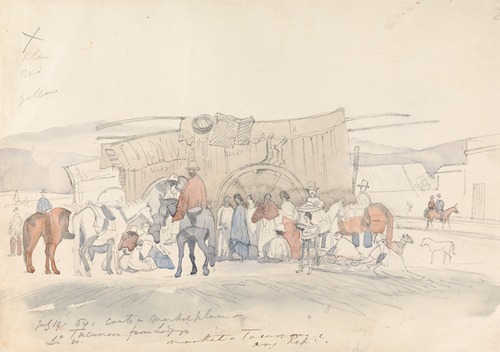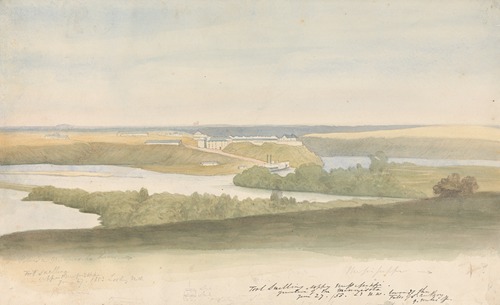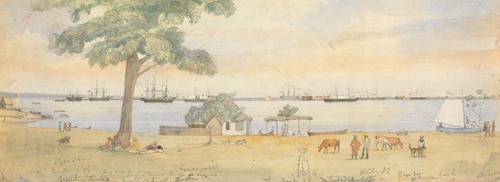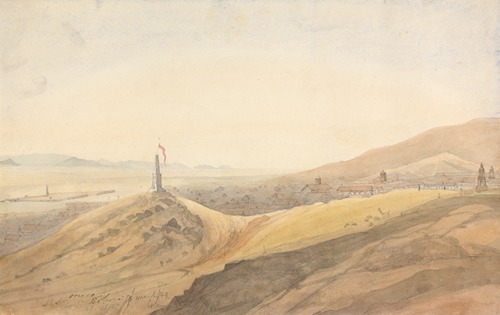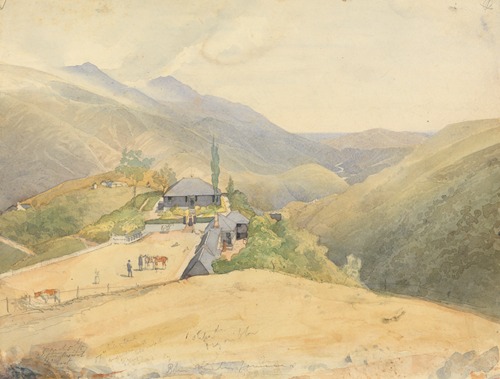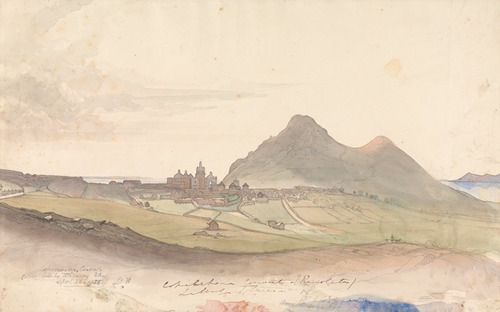
Godfrey Thomas Vigne was an English amateur cricketer and traveller.
Vigne was born on 1 September 1801 at Walthamstow, then in Essex, the eldest son of Thomas Vigne. He entered Harrow School in 1817, became a barrister in 1824, and was a member of Lincoln's Inn.
In 1831 Vigne left England for Persia, and then travelled to India. He spent the next seven years travelling in north west India and Central Asia. Between 1835 and 1838 he travelled extensively in Kashmir and Ladakh and was the first European known to have visited Baltistan. In the light of his ease in obtaining a permit to travel to Kashmir, despite his unofficial status, the timing and his repeated extensive journeys north of Kashmir, reaching as far as Skardu and the Saltoro Pass, it has been suggested that he may have been a spy involved in the Great Game.
In 1836 Vigne visited Afghanistan, and met the emir, Dost Mohammed. He was said to be the first Englishman to have visited Kabul. He visited the Lahore Durbar of the Sikh Empire in 1837. He was also the first to describe Nanga Parbat.
After 1852 Vigne travelled in Mexico, Nicaragua, the West Indies and the United States. He published several books describing his travels.
In 1841, the urial, a wild sheep living in Central and Southern Asia, was given the scientific name Ovis vignei in his honour. During his 1892 expedition to the Karakoram, Conway named several previously unvisited glaciers which he encountered, one of those was the Vigne Glacier.
